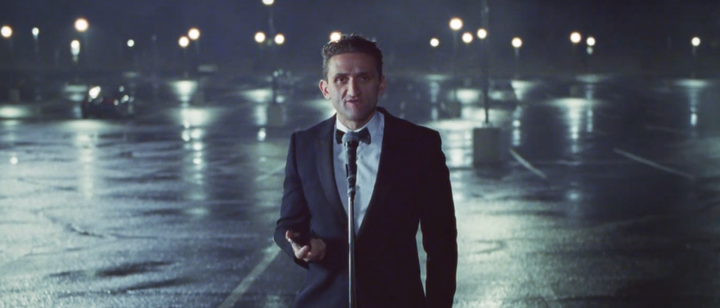Understanding the new network effects

Understanding network effects has been the underlying driver of the software revolution sparked less than a decade ago. And as always with innovation, as soon as we think we start to grasp it, it already morphes into something new. In our case, new network effects appear and we barely start to grasp them.
Ten years ago, sharing information with a desktop or a mobile worked in an ascending/descending logic. Data was sent up, stored and aggregated centrally and whenever you would request something, a decision would be made a posteriori before you’d get an answer. This was Google, Facebook, or Amazon, where billions of information packets are aggregated and redistributed from the proverbial cloud.
Now things have evolved beyond this.
Devices aren’t only connected to the cloud, they start to talk to each other before working on your request. As we get surrounded by devices, our interactions with them are shifting:
(The whole interview can be found here.)
With more and more connected objects around us and much more complex interactions as well, decisions need to be made locally before even asking something to ‘the cloud’. This is more about managing an ecosystem than plugging yourself to a central brain.
Now push this a few years in the future: this is what will be required from cars.
In a complex environment such as a road, a highway or a city, what is the best strategy? Letting self-driving cars decide individually what to do based on their own sensors and up/down communication with a cloud AI centralizing all surroundings information? Or relying on swarm intelligence emerging from cars with decision-making capabilities?
Think about it even further: who’s currently designing future cars (which is a three to five years process) not as a single object packing all required features, but as the node of a network? Who, a few years from now, will have built a mobility platform? And who’s just building cars with sensors and whatnot?
We often speak about turning points in the industry, this is a big one and it’s not a technical one so much as a cultural one.



